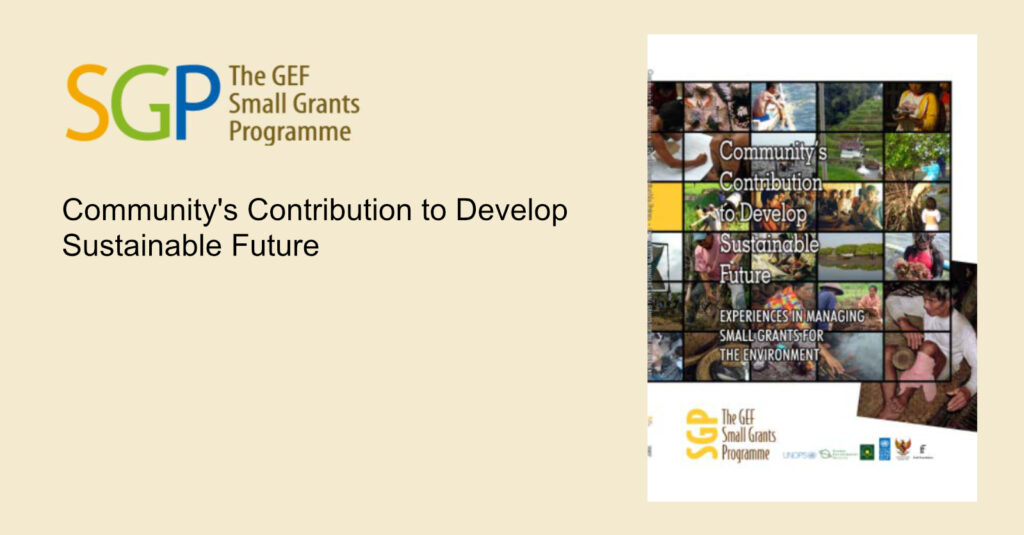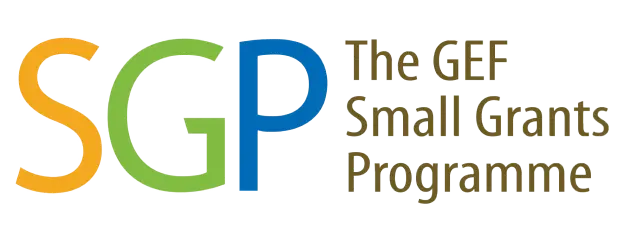
Throughout my ten years of work in small grants funds management, for both bilateral and multilateral development programs, I have found out that in a lot of discussions participants are busy thinking over and formulating answers to fundamental questions such as, “To what extent do small grants programs generate impacts on the environment and the quality of people’s lives?”, “How do we measure a project’s successes and failures?”, “What is the proportion of the successes and the failures?”, “What evidence do we have for their impacts and benefits”. Guidance in delivery methods have been developed in such a way that they can be carried out by the targeted people and their facilitating NGOs. How to ensure project’s success and at the same time reduce the risk of mismanagement are anticipated through participatory planning, monitoring, evaluation and reporting. Anecdotes, videos, photos taken before, during and after the activities as well as basic statistics are presented to demonstrate that the project and the program have indeed been implemented in accordance with the funding conditions. While these are quite impressive and advocated by many, scientists and donors keep questioning the accuracy of the measuring methods and the indicators used to measure the impacts.
Baca
